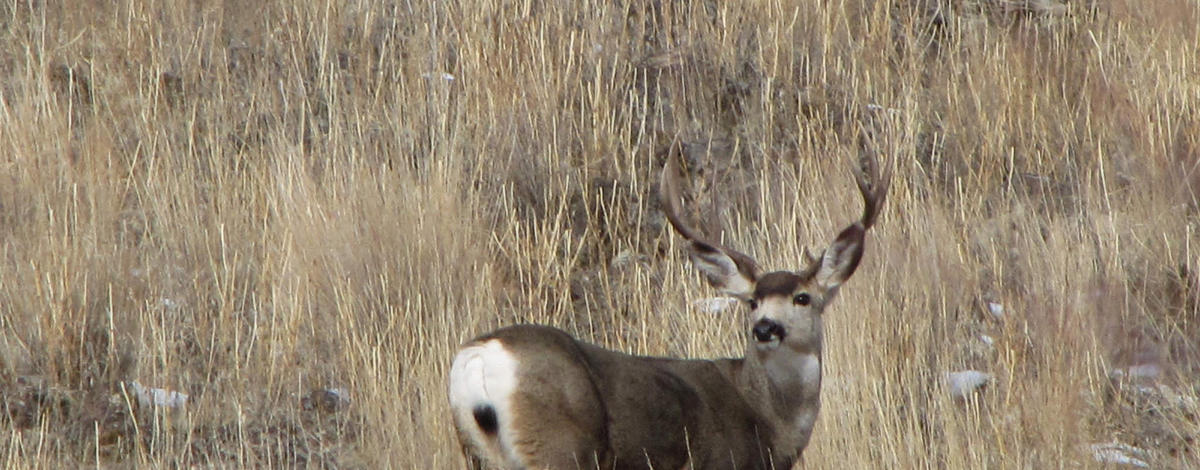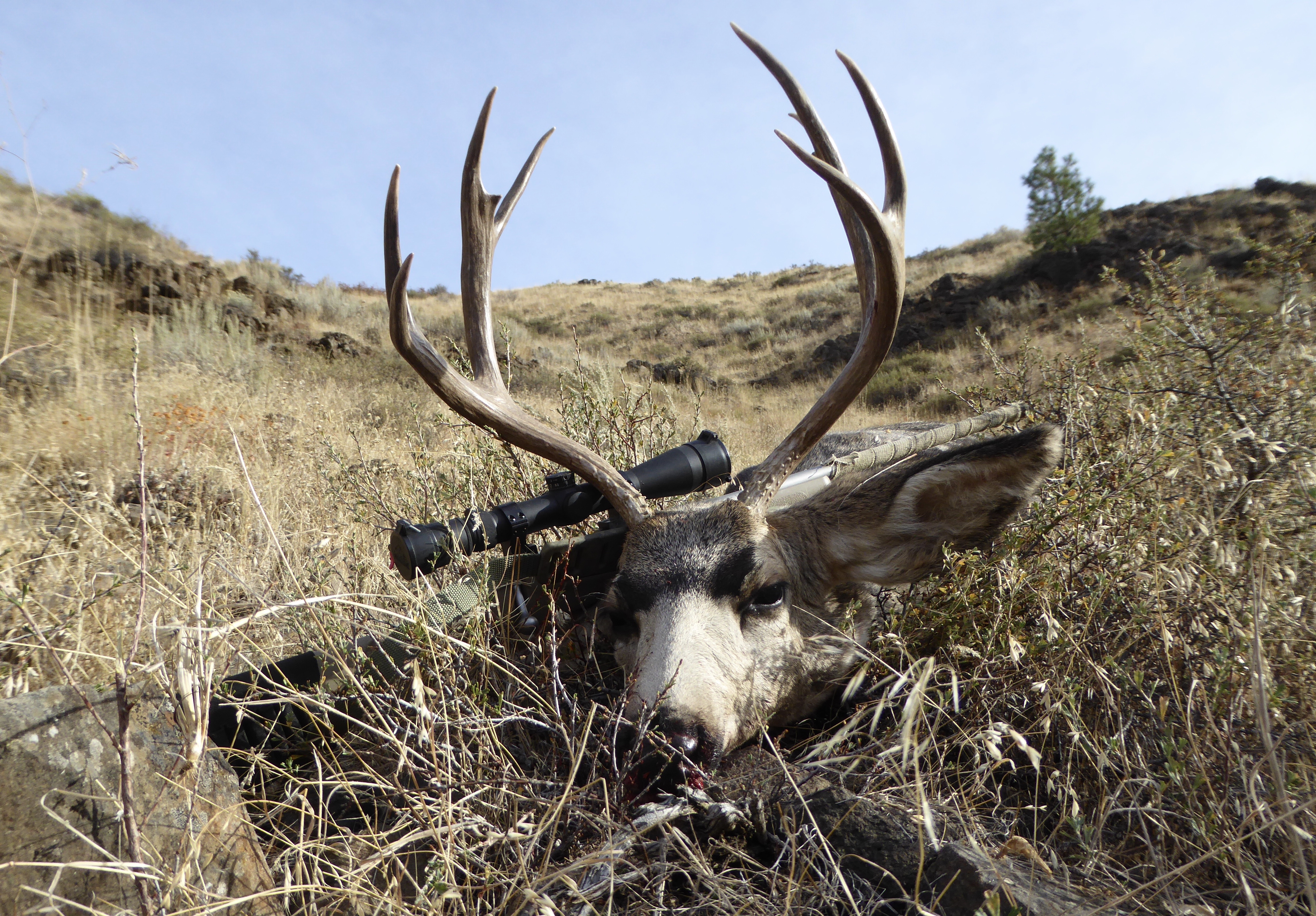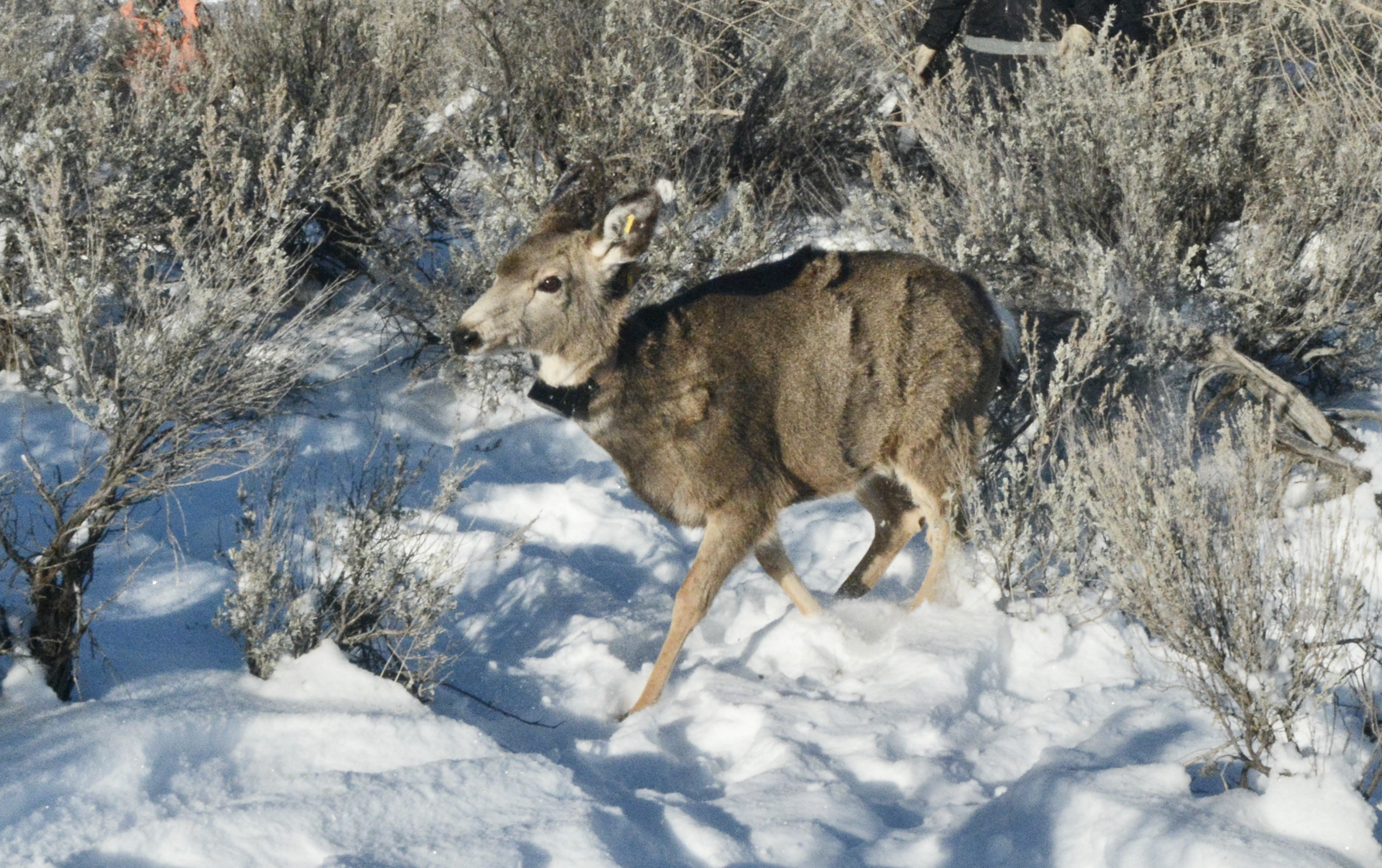The Idaho Fish and Game Commission cut deer and pronghorn controlled hunt tags during its May 11 meeting in Jerome after Fish and Game staff recommended reductions due to winter severity in the Southeast and Upper Snake Regions.
Hunters should take note when applying for big game hunts that some have changed and others canceled, which will be reflected in the online 2023 Big Game Seasons and Rules booklet.



